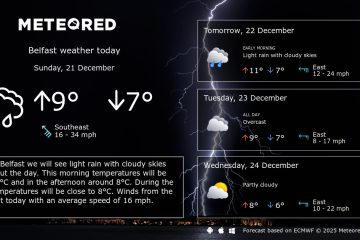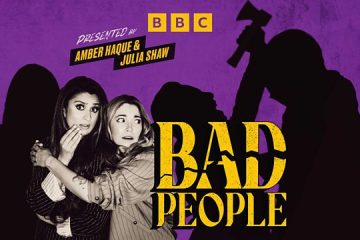The Growing Importance of Scratch Programming in Education

Introduction
Scratch programming, an innovative visual programming language developed by the MIT Media Lab, has significantly transformed the educational landscape for young learners since its launch in 2003. This platform is not only teaching children vital coding skills but also fostering creativity, problem-solving abilities, and collaboration. Understanding the relevance of Scratch in today’s digital age is crucial as more educational institutions incorporate this engaging tool into their curricula, making coding accessible and enjoyable for the next generation.
Scratch: A Brief Overview
Scratch allows users to create interactive stories, games, and animations through a block-based interface, avoiding the complexities of traditional coding languages. By dragging and snapping blocks together, students can easily learn programming concepts such as loops, conditions, and variables without being daunted by syntax errors. The platform is freely available online and has attracted millions of young users worldwide, presenting an excellent opportunity for educators to teach computational thinking and creativity.
Current Events and Adoption in Schools
Recent educational reports highlight that in the wake of the COVID-19 pandemic, the importance of remote and digital learning tools has surged. Scratch has become a vital resource for teachers implementing blended learning approaches, as it can be accessed from home and used for remote collaboration. Many countries, including the UK and the US, are integrating Scratch into their STEM (Science, Technology, Engineering, and Mathematics) initiatives, encouraging schools to incorporate coding within their existing curricula.
Moreover, various educational programs such as ‘Hour of Code’ advocate for the use of Scratch, promoting coding as an essential skill for future job markets. Many teachers have reported significant increases in student engagement and interest in STEM subjects when using Scratch, making it a popular choice in classrooms.
Conclusion
As we move deeper into the 21st century, the role of technology in education will only continue to grow. Scratch programming has proven itself to be a powerful tool in equipping students with essential skills while also allowing them to express their creativity. The ongoing integration of Scratch into educational frameworks is vital, not just for teaching programming but also for developing critical thinking and collaboration skills. With the increasing demand for digital literacy in future job markets, proficiency in platforms like Scratch could set a foundation for students to thrive in a technology-driven world.









